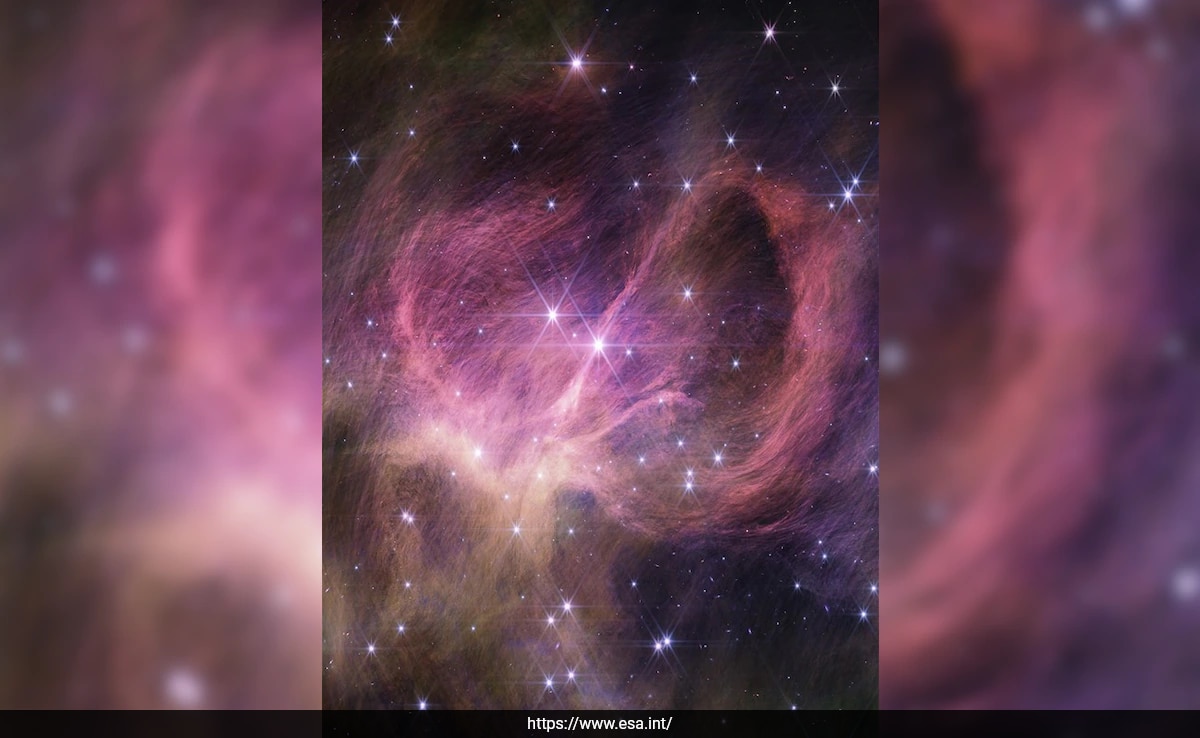Astronomers using the James Webb Space Telescope (JWST) have made a groundbreaking discovery: the tiniest free-floating brown dwarf ever identified, along with two other “failed stars.” These dim celestial objects, located in a star cluster just 1,000 light-years from Earth, offer valuable insights that could help us refine the line between stars and planets.
Published on December 13 in the Astronomical Journal, these discoveries have the potential to assist astronomers in more precisely delineating the distinctions between stars and planets.
“One basic question you’ll find in every astronomy textbook is: What are the smallest stars? That’s what we’re trying to answer,” explained lead author Kevin Luhman of Pennsylvania State University.
As per a release, to locate this newfound brown dwarf, Luhman and his colleague, Catarina Alves de Oliveira, chose to study the star cluster IC 348, located about 1000 light-years away in the Perseus star-forming region. This cluster is young, only about five million years old. As a result, any brown dwarfs would still be relatively bright in infrared light, glowing from the heat of their formation.
Unique. That’s what you are.
Not a star, not a planet — a brown dwarf is an object that falls in between. Within the star cluster shown below, Webb observed the tiniest, free-floating brown dwarf ever discovered. More on this record-breaking discovery: https://t.co/011SFIiRhe pic.twitter.com/W2JiKODQNn
— NASA Webb Telescope (@NASAWebb) December 13, 2023
The team first imaged the centre of the cluster using Webb’s NIRCam (Near-Infrared Camera) to identify brown dwarf candidates from their brightness and colours. They followed up on the most promising targets using Webb’s NIRSpec (Near-Infrared Spectrograph) microshutter array.
Webb’s infrared sensitivity was crucial, allowing the team to detect fainter objects than ground-based telescopes. In addition, Webb’s sharp vision enabled them to determine which red objects were pinpoint brown dwarfs and which were blobby background galaxies.
Brown dwarfs, sometimes called ‘failed stars’, are objects that straddle the dividing line between stars and planets. They form like stars, growing dense enough to collapse under their own gravity, but they never become dense and hot enough to begin fusing hydrogen and turning into stars. At the low end of the scale, some brown dwarfs are comparable with giant planets, weighing just a few times the mass of Jupiter.














